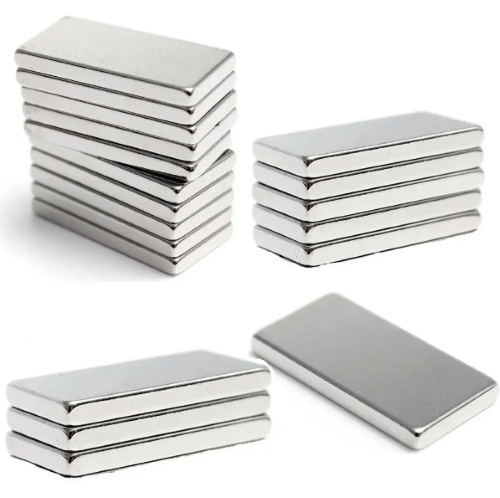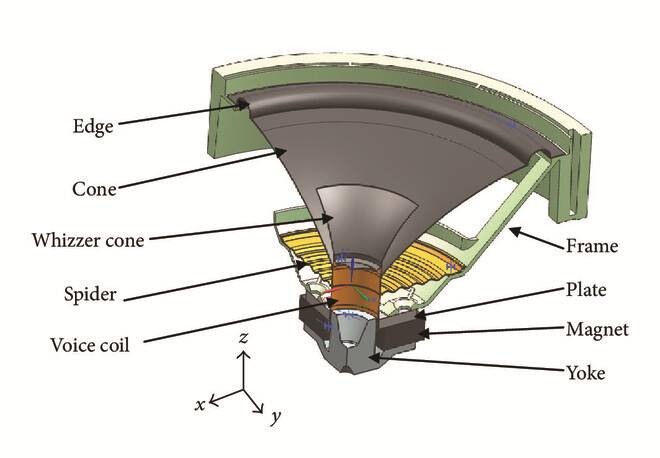What is Remanence (Br)?
There are four main indicators for measuring the performance of permanent magnets: remanence (Br), coercivity, intrinsic coercivity, and maximum magnetic energy product. In our last article, we've introduced what is maximum magnetic energy product, so in today's article, we'll take a look at what is remanence (Br).
.jpg)
What is Remanence (Br)?
The Concept of Remanence (Br)
If the magnet is compared to a sponge, the remanence (Br) is like the water content in the sponge when the sponge is saturated with water. Remanence refers to the magnetic induction intensity of a magnet when the external magnetic field is canceled after a magnet is magnetized by an external magnetic field in a closed-circuit environment until the technology is saturated. It is represented by the English symbol Br. The unit of remanence is Tesla (T) or Gauss (Gs), and the conversion relationship is 1T=10000 Gs.
Hysteresis Loop and Measurement of Remanence (Br)
Remanence is the intersection of the hysteresis loop and the ordinate axis, that is, the B value at the starting point of the demagnetization curve. It is the magnetic induction intensity value of the magnet after the external magnetic field is removed. Measuring the remanence of a magnet requires a professional instrument to draw the magnet's hysteresis curve.
The Single-valued and Stability of Remanence (Br)
The remanence is determined by the characteristics of the magnet itself (raw materials, processing technology, etc.). The remanence of the same magnet under certain conditions is unchanged and has a single value. To a certain extent, the remanence determines the surface magnetism of the magnet, but it is not the same for the magnets with the same remanence. The surface magnetism is also affected by the shape, size, and magnetization of the magnet. Two magnets with the same shape, performance, and size, the one with the higher remanence has the stronger magnetism. For two magnets with different shapes, properties, and sizes, the size of remanence cannot be determined simply by the height of surface magnetism. To quantitatively reflect the influence of temperature on the performance of the magnet, people have defined some temperature stability parameters related to the ambient temperature. αBr is one of them, which represents the percentage of the change in remanence for every 1°C increase in temperature. The αBr of different magnets is very different. Some are positive (increased remanence when the temperature rises), and most are negative (remanence decreases when the temperature rises).
Conclusion
Thank you for reading our article and we hope it can help you to have a better understanding of what is remanence (Br). If you want to find more knowledge about magnets, we would like to recommend you visit Stanford Magnets for more information. Stanford Magnets is a leading magnet supplier across the world, that has been involved in R&D, manufacturing, and sales of magnets since the 1990s. It provides customers with high-quality permanent magnets like neodymium magnets, SmCo magnets, AlNiCo magnets, and ferrite magnets (ceramic magnets) at a very competitive price.















